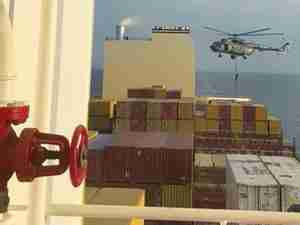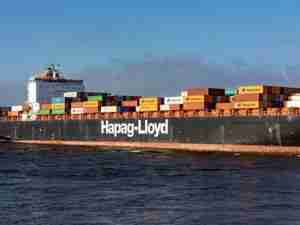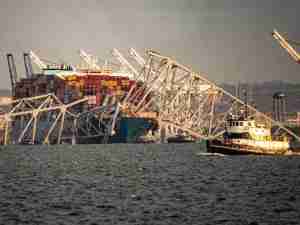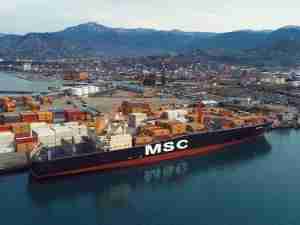The US housing and credit crunch, touching both consumer spending and business growth, is likely to constrain container volumes from Asia to the US well into 2009, according to a forecast by the Transpacific Stabilization Agreement (TSA). But TSA, along with many independent analysts, sees a turnaround beginning in the second half of 2009, and the lines say they remain focused on addressing various fixed operating costs that have not been fully collected in rates and surcharges, and that continue to rise.
Following a series of CEO-level meetings held in Geneva in late September, TSA reported a tradewide 6.9% year-to-date drop in Asia-US cargo volumes over January-June, compared to the same period a year earlier ' from 3.30 million to 3.07 million 40-foot containers (FEU). Through July, the year-to-date gap widened to 7.5%. Historically high oil prices, falling property values and tight credit led to slow back-to-school consumer spending and increased caution in the retail sector for the rest of the year. TSA forecasts that full-year 2008 cargo demand could decline by as much as 8%.
At the same time, container lines note a strengthening of the US dollar and moderation of crude oil and gasoline prices in recent weeks, along with steps taken by governments in the US, Europe and Asia that will ultimately inject confidence and liquidity into the global banking and financial system. 'Clearly we're in a slowdown right now, but just as clearly, the current freezing up of the global credit system is unsustainable,' said TSA chairman Ronald D. Widdows. 'We expect to see an orderly de-leveraging of the financial markets over the next year that will begin to restore confidence with year-on-year cargo demand growth resuming in late 2009.'
Internal research by TSA suggests that declining cargo volumes did not have as great an impact on the group's 15 carriers, which experienced a 1.8% decline in liftings during the first half of 2008. And even in July and August, when TSA carriers reported an overall 7% drop in cargo volumes, vessel utilization remained around 90% across all trade segments. Among the reasons for this, Widdows said, are that, given the current financial conditions in the trade, a number of carriers have decided to trim their cost bases by taking steps such as consolidating routes and sailings; entering vessel-sharing alliances; laying up ships for maintenance and repairs; returning chartered ships, and adding ships to service strings as part of slow-steaming strategies to conserve fuel.
'It's a safe statement that no carrier is operating profitably in the eastbound transpacific market today,' he stressed. 'Rates have not kept pace with operating cost increases, and separate charges to address fuel and other costs have been routinely undercollected in a highly competitive environment. No container line is in a position to run a scheduled service with ships running at less than full utilization, given current costs.'
An internal survey of TSA lines that measured total collected bunker charges relative to bunker fuel costs, as reflected in the TSA bunker surcharge calculation formula, revealed that TSA lines failed to collect an estimated $299.1 million over the period of May-July 2008. TSA has recently made refinements to its bunker charge formula, which it will be rolling out for application in new contracts. The new formula, in part a response to customer input, is based on fewer variables and establishes separate East Coast and West Coast charges.
TSA executive administrator Brian M. Conrad further noted that collection of inland fuel surcharges have remained static since the beginning of 2007, while US highway diesel fuel prices, on which the surcharge is based, rose from $2.58 per gallon in January 2007 to $4.76 per gallon in









